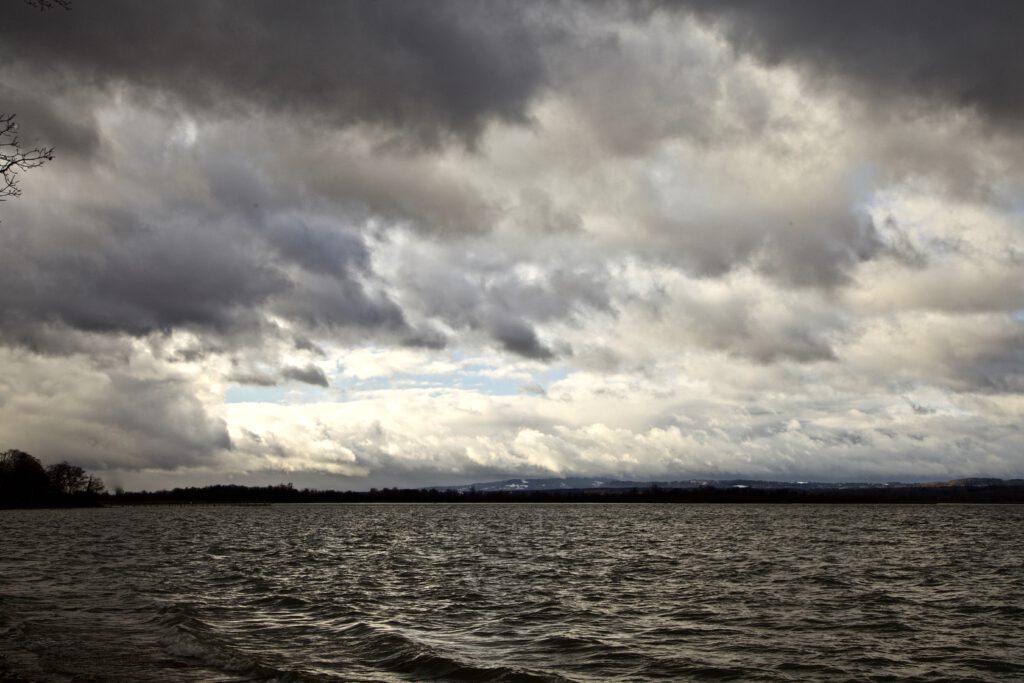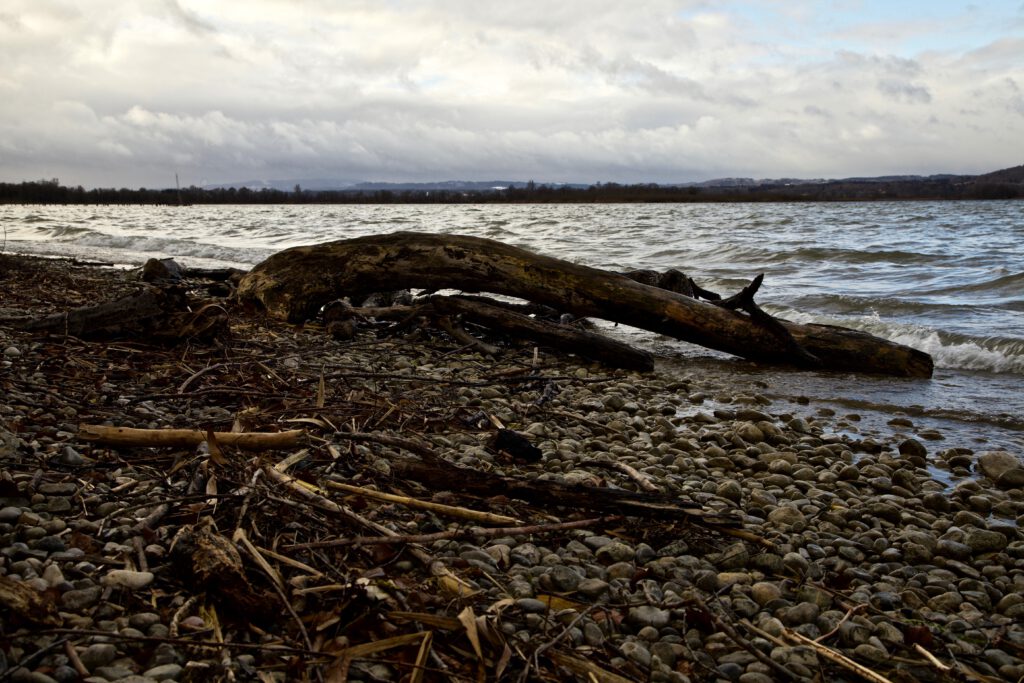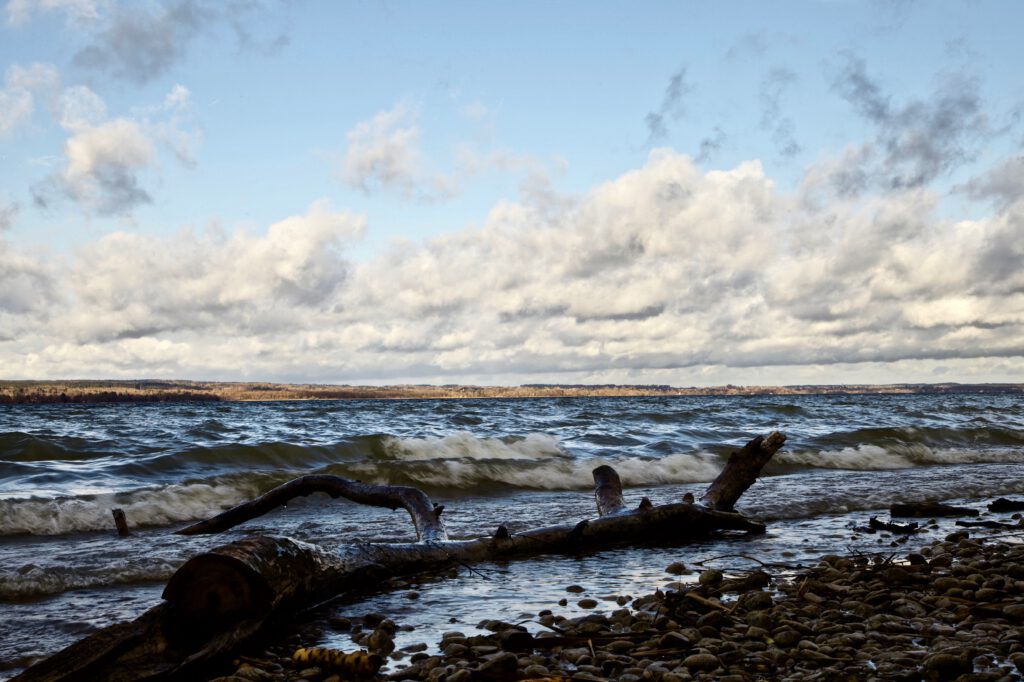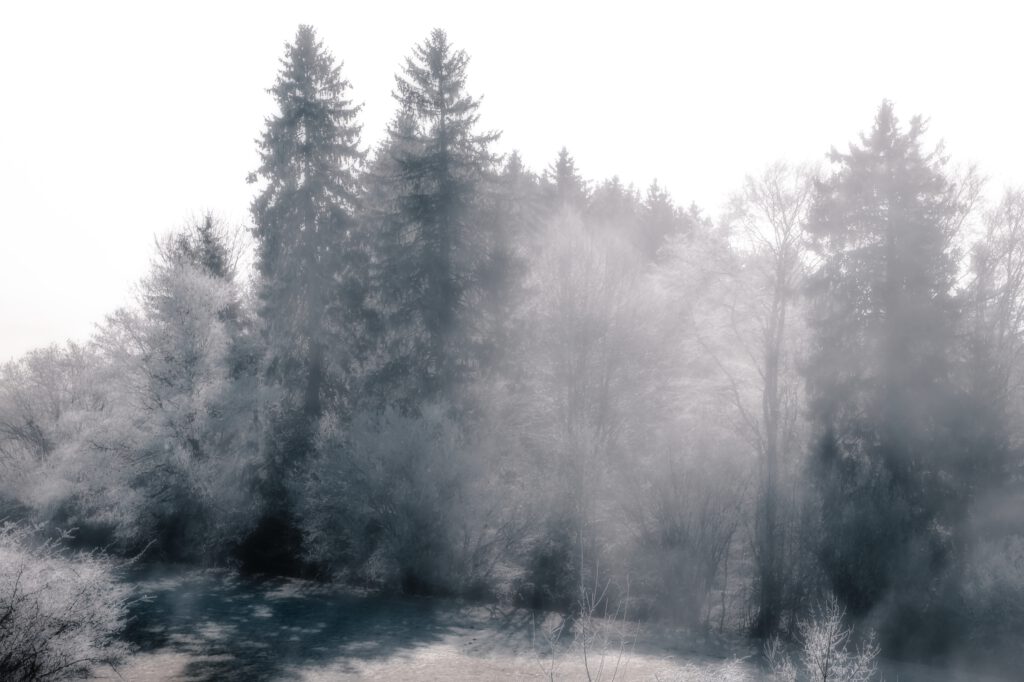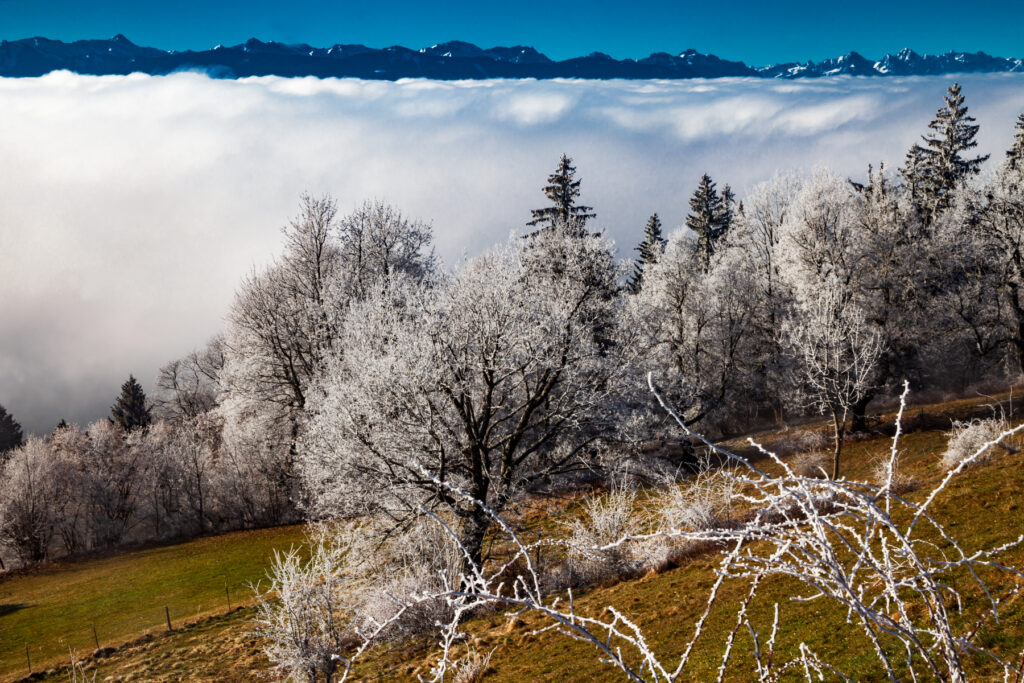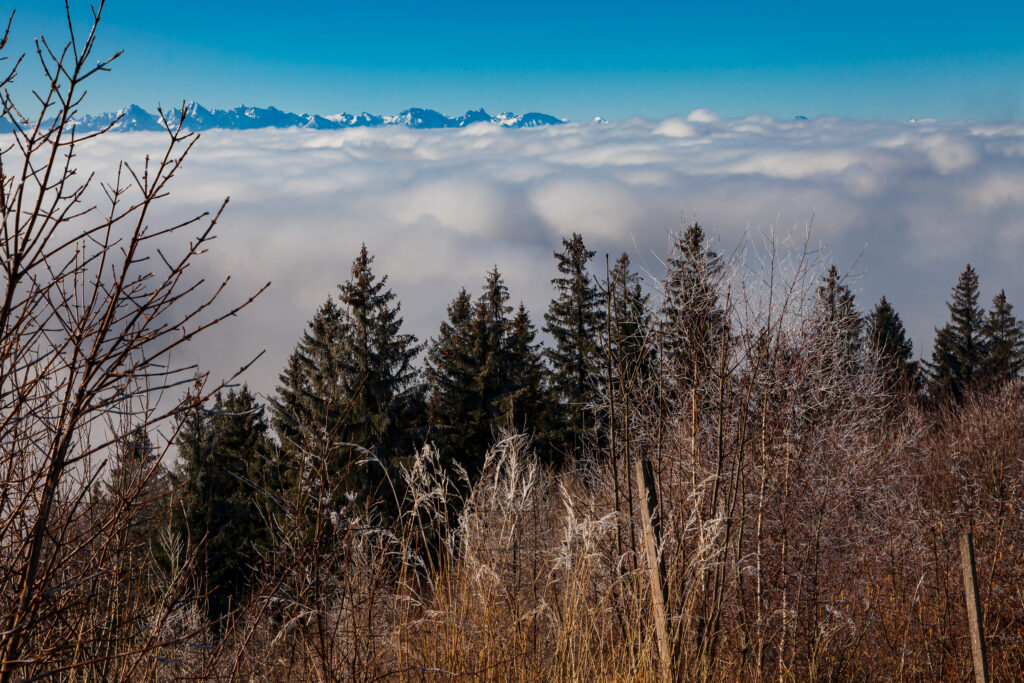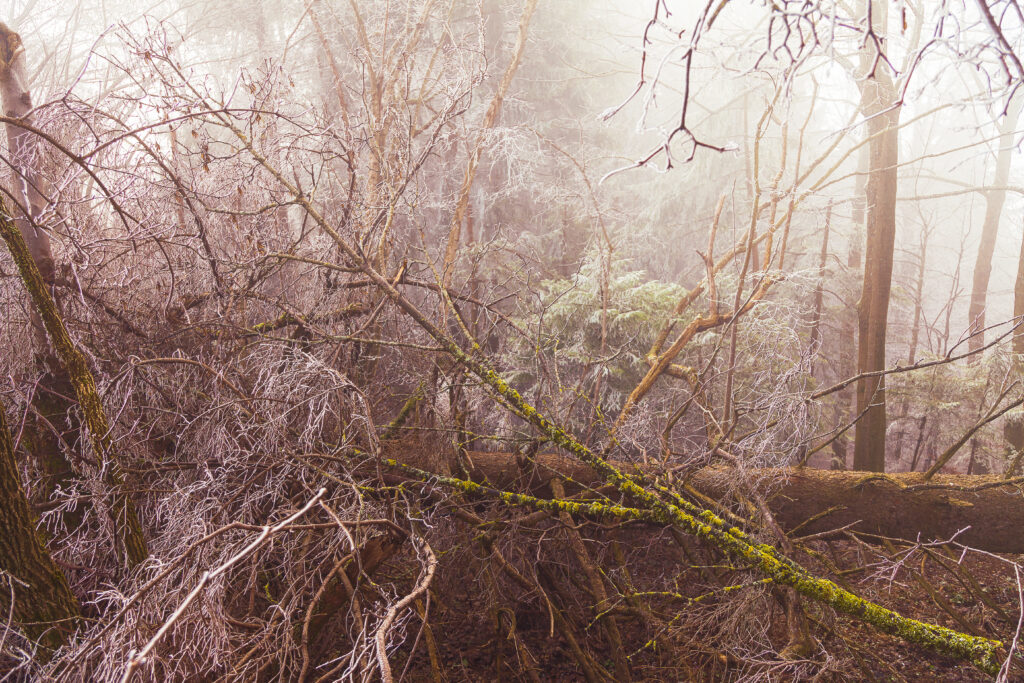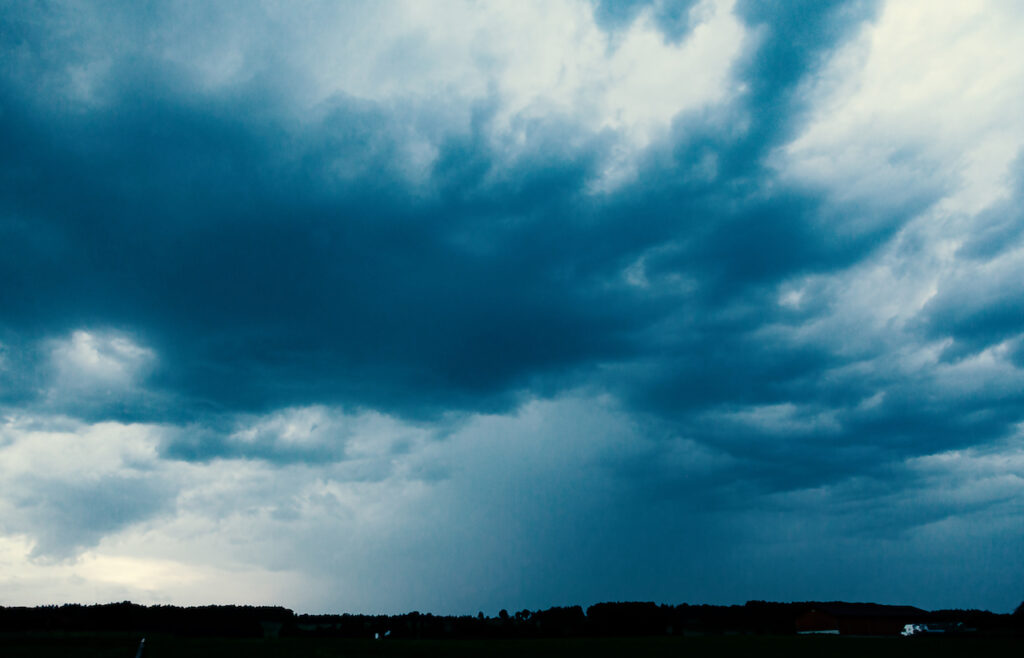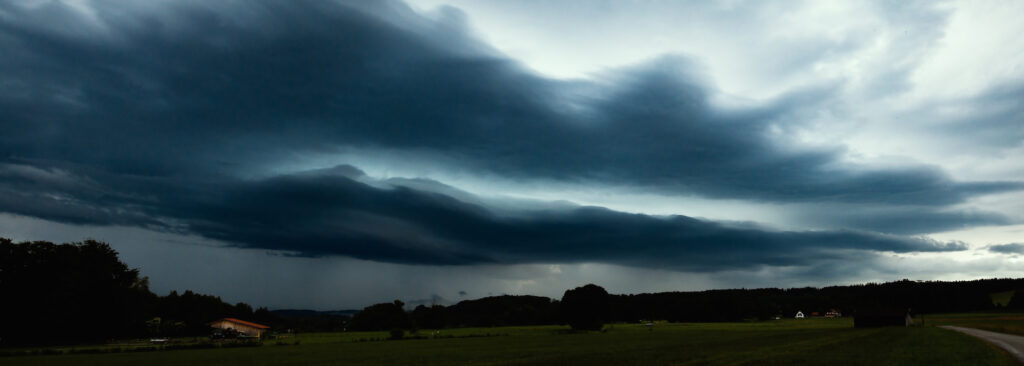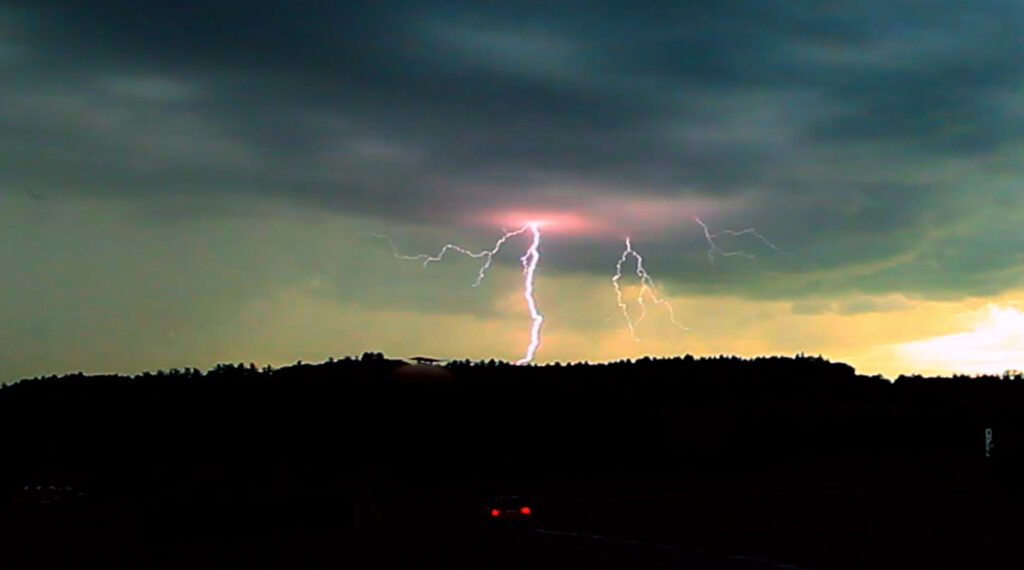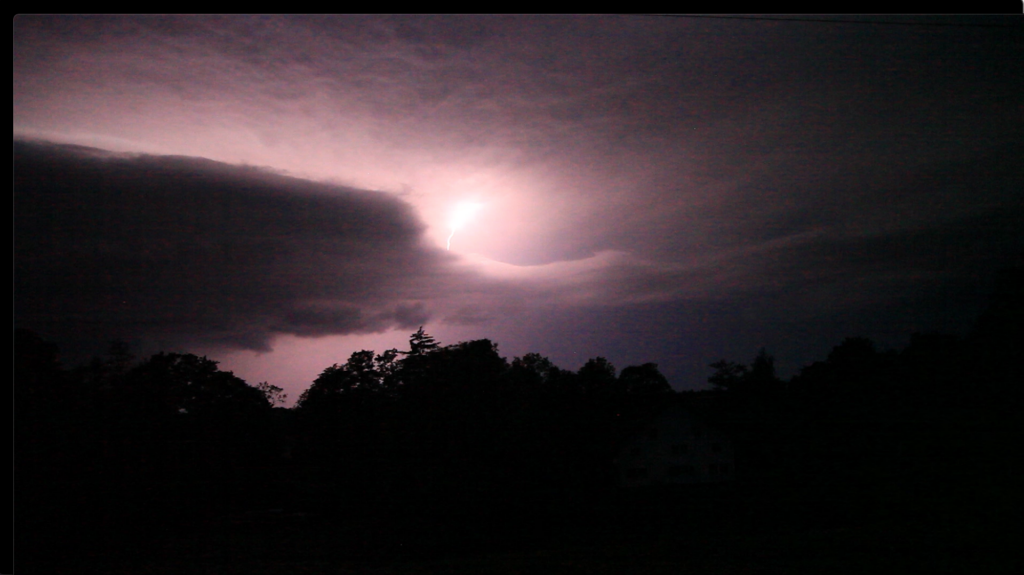An Alpine Wilderness Easy Accessible For Landscape Photography – Oy Valley
by Peter Engelmann, April 30, 2022
The Oy valley or Oytal is a high alpine valley at the Southern tip of Germany. It is one of the most popular destinations among tourists and hikers staying in Oberstdorf. Trips into the Oytal start straight near the valley station of the Nebelhornbahn ropeway. From here a couple of trails lead towards the Oy valley. One trail leads to the pitoresque Trettach valley first (where the Oy valley begins at a fork) and to a first grand scenic view with the tops of the Allgäuer Alpen in the background. Another trail leads high up over the lower part of the valley and offers many vistas. The Oy valley is top destination also for filmmakers and photographers throughout the year.
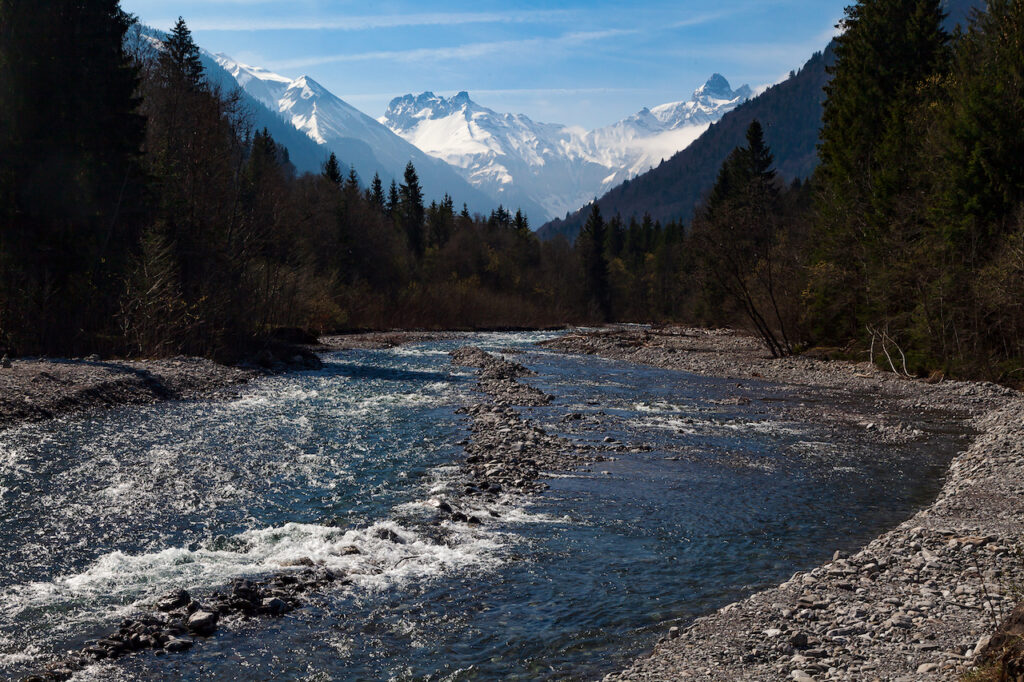
What’s special here is that nobody has to leave the road or very comfortable trails to get to places for fantastic motives for video and photo. There is a road (closed for normal traffic) leading to the Oytalhaus, a traditional mountain inn with excellent food and more spectacular views. You reach this lovely mountain inn after 1 1/2 hours walk.
The trails from the Nebelhornbahn ropeway til the Oytalhaus are no problem for normal walkers and easy accessible. There are no steep climbs. It’s more a continuous ascend. The lower trail beginning at the bridge over the Trettach is called Dr. Hohenadl Weg. It leads through an impressing mountain forest.
After a few bends the high and intimidating high peaks of huge mountains show up. Then the trail reaches an alley with trees which is another unique feature in the Oy valley. During the season a lot of tourists use this road.
The valley broadens and on the left side the well-known Seebachwand comes into view. It is a huge intimidating rock-face. Here are some water falls and indeed there is one of the highest waterfalls in Europe here right across the Oytal Haus Mountain inn. If you want to takes pictures of the falls the best time is in spring when a lot of water comes down. The water falls in the lower part of the valley are in some distance. It’s good to have a long focal length. Both in spring and autumn you see wonderful colors in this unique mountain wilderness.
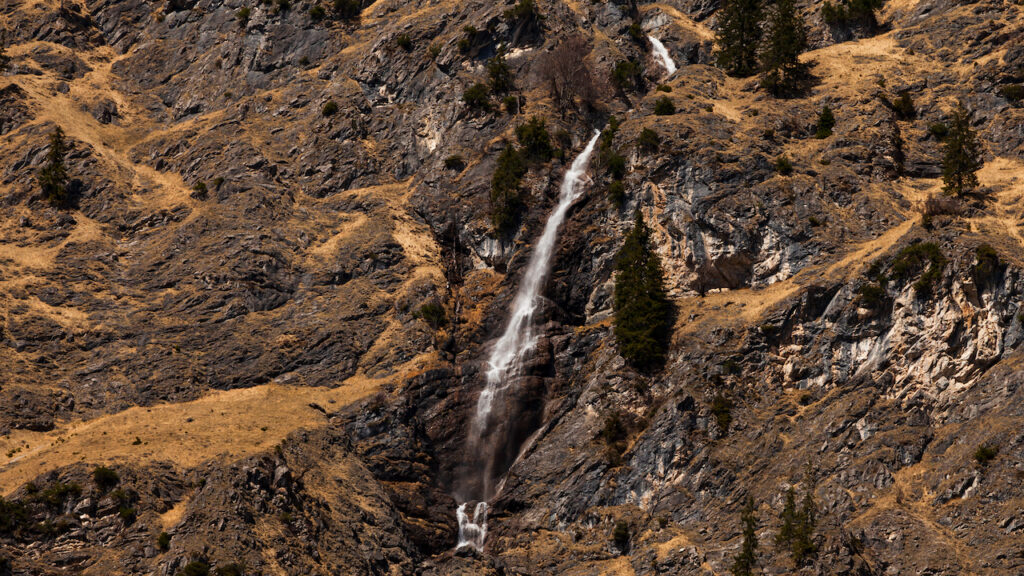
The trail between the Oytalhaus mountain inn and some alpine farms leads to more and more impressive sights of the peaks and their unique shapes. Spring is again a good time as long as the mountain tops are white with snow from the last winter. To the left and to the right there are alpine meadows with rare alpine plants. Please be careful, because this a nature reserve and help to protect animals and these rare plants. There is really plenty to shoot for video and photography straight from the trail.
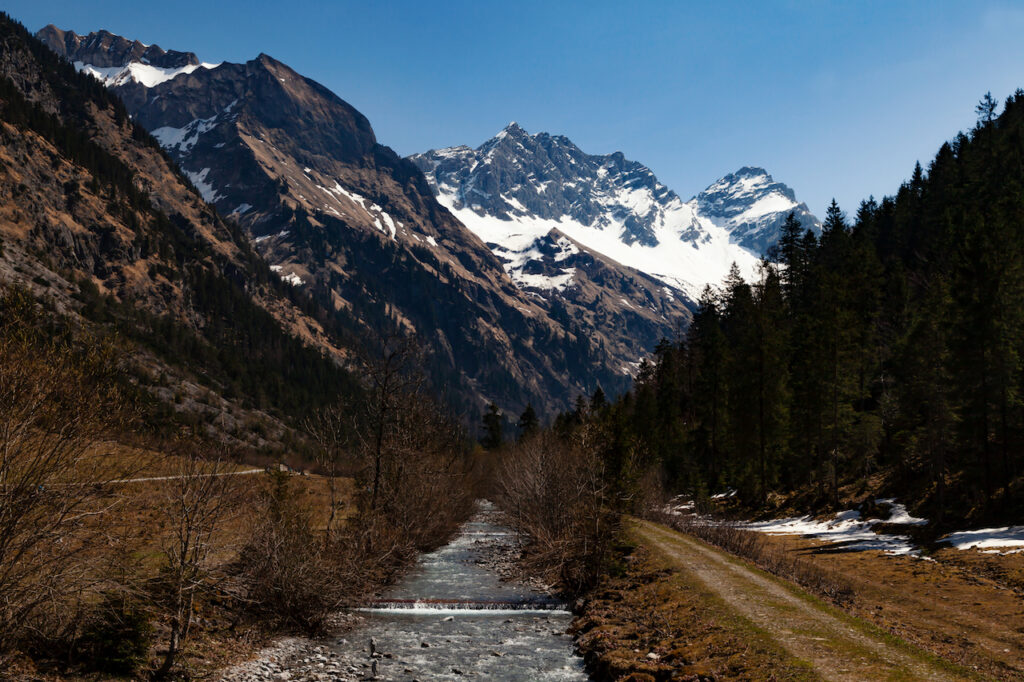
If you want to take pictures and need a quiet atmosphere during the week, for or after the main holiday seasons or on a day with cloudy weather conditions is a good time. During afternoon in summer tourists can rent special scooters for a fast journey back. And there can be a lot of people out there on weekends. There are also plenty of mountain bikers often. Nevertheless there is enough room for anybody to enjoy the fantastic nature.
The trail from the Trettach valley bridge and the Oytal Haus is only part of a much bigger network of trails which lead high up into the mountains. It is for some time still very comfortable (til the next alpine farm) but its lengthy and in the higher part there is a steep ascent. There are more alpine farms up there which offer food and drinks during the summer time. Another huge waterfall is further down the trail (Stuibenfall), which is closer to the trail then the first ones and it looks fantastic, but this is another one and a half hour walk from the Oytalhaus.
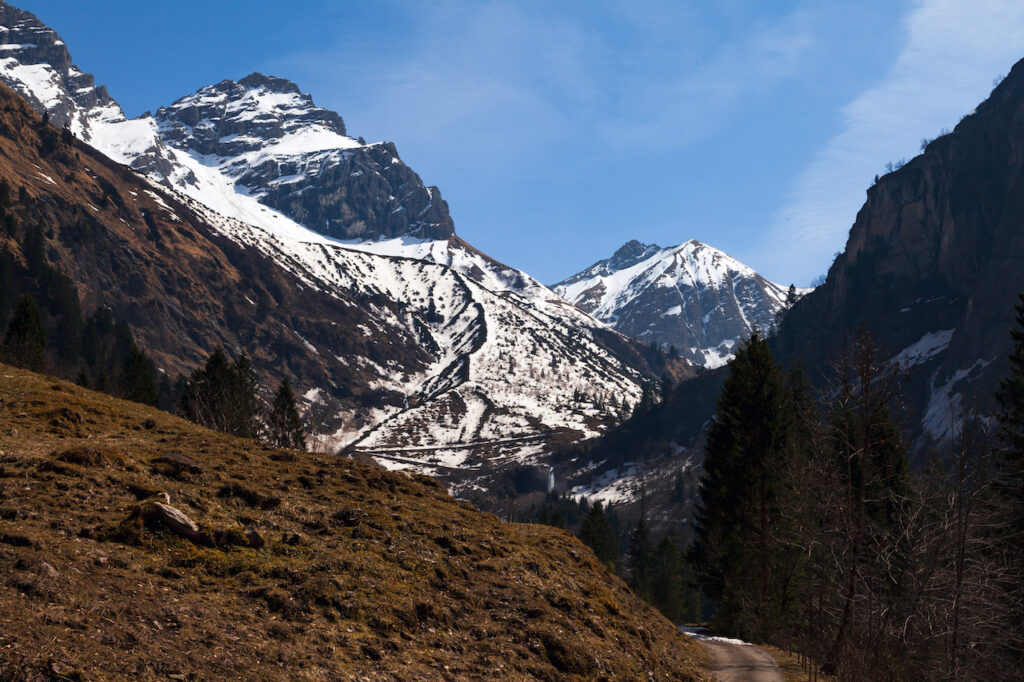
A typical thing for these regions are grassy mountains. They should never be underestimated by climbers because they can be very challenging. The region is due to its different type of mountains and the materials they are made of highly interesting for people who are into geology. You see outstanding forms of rock, mountains and different earth ages.
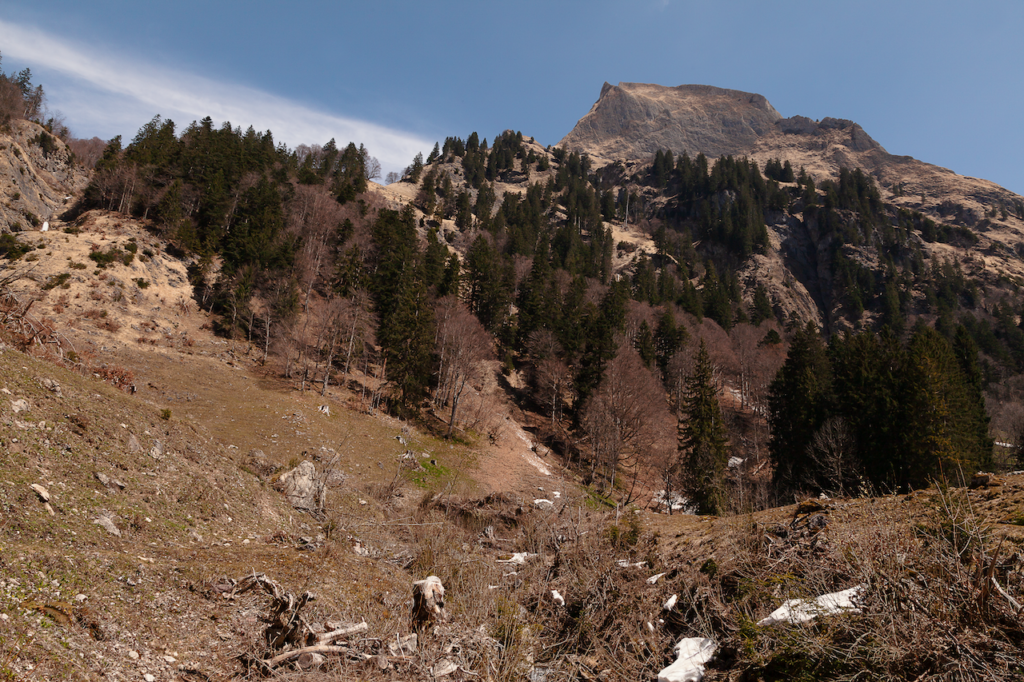
Good preparation is key as always in alpine terrain. The Oy valley is easy accessible but its good to know about distances (walking times) and what are further options. During summer there is also an exhausting round trip possible with a descend into another mountain valley. However, these might be more for people with a good condition. Weather conditions could change quickly, too.
Sometimes, in spring, water runs in small creeks over the trail in the upper parts of the valley. There might be also snow even in late spring some years in shadowy parts of the valley (proper shoes for hiking strongly recommended). In summer the upper parts are exposed to the sun.
For the high part with mountain peaks and more attractions like the Eissee high above the valley please keep in mind that there are completely different conditions as in the bottom of the valley with comfortable roads and trails. It’s difficult rocky and alpine terrain. It requires experience with hiking in the mountains and it’s a fascinating but also potentially dangerous wilderness region. Tourist offices in Oberstdorf and other towns and villages in the Allgäu-Region can certainly help with good advice. They can tell you also if trails are open or closed or if moutain huts are open. The Oytal trails are accessible by train and by car. There is a huge parking slot near the Nebelhornbahn ropeway station. But it’s great to use the train and the buses, which run frequently.
